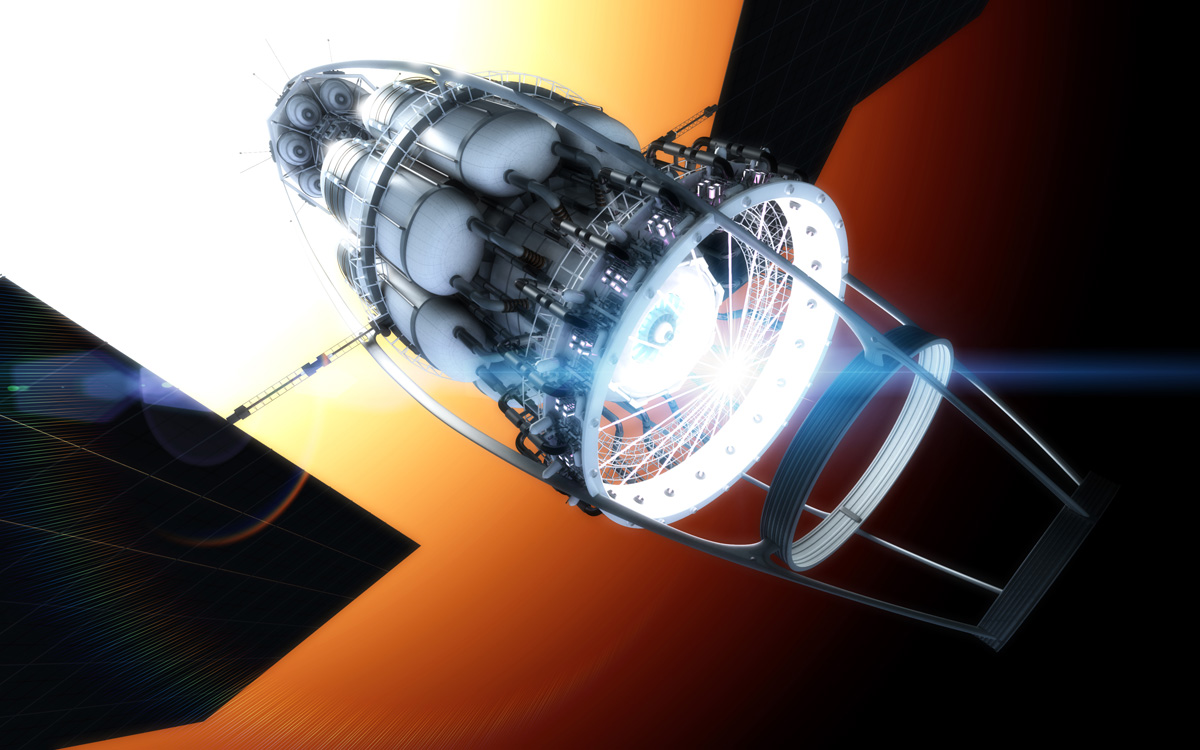the amazing, possibly viable warp drive

Well ladies and germs, it appears that when I tried to calculate how much effort it would take for an alien civilization to create a warp drive, I may have been wrong and so were the theoreticians on whose work I based my numbers. And that’s a good thing because the latest buzz from the DARPA sponsored 100 Year Starship Symposium is that warp drives are many, many orders of magnitude more feasible than initially assumed. Rather than requiring the mass energy of all of Jupiter to jump start, it would require just 67.8 exajoules, which translates to roughly 755 kilograms of material.
Considering that just a few decades ago, the first theoretical basis of warp drives was considered to be impossible because it seemed like it would take more than the energy of the entire cosmos to create a space-time bubble, the new requirement lowers the bar to interstellar travel down to almost nothing. Yes, there’s the matter of how we can create a burst of energy approaching 68 exajoules, but we certainly have ideas involving large and powerful lasers.
Hold on though, how did we go from having to turn Jupiter into a spark plug to less than one ton of matter to kick-start a warp bubble? By fine tuning the warping of space and time required. In the classical scenario, we’d need a spherical bubble containing the ship, and aside from causing a number of rather nasty side effects, this arrangement turns out to be very energy-demanding since there’s so much space to warp. The first downgrade came from changing how the energy was applied.
Rather than blasting out a space-time bubble, you’d basically implode space and time around you to manipulate the cosmological constant, or the Λ in Einstein’s equations, also known as dark energy. This downgrade in energy requirements does away with the warp bubble and proposes an oblong doughnut shape in which the ship is propelled in an area of normal and stable space-time being moved faster than light. It sounds like a sci-fi cliché, but it may just work.
From what I’ve read on the subject, I could speculate that it’s quite possible that there would be a leak of Hawking radiation or a high-energy halo from the warp field, but these may not be big obstacles to warp travel. If anything, we may want to use powerful magnetic fields to channel all this energy into acceleration and really put the pedal to the metal when traveling to very distant stars. We’ll need to do a lot of experiments to know for sure and those experiments are already starting as a small NASA lab is trying to create space-time disruptions on an atomic scale with laser beams.
When it can do that reliably, it can start scaling up to real-world objects and see if space and time will cooperate. If it does, we may be on our way to becoming the kind of space-faring species we only read about in sci-fi novels and space exploration will become a lot easier and more important. But at the same time, we have to stay realistic and understand that this is a tentative first baby step towards warp drives and into barely charted territory in which the laws of physics may cooperate with us just as easily as they might hinder us…





